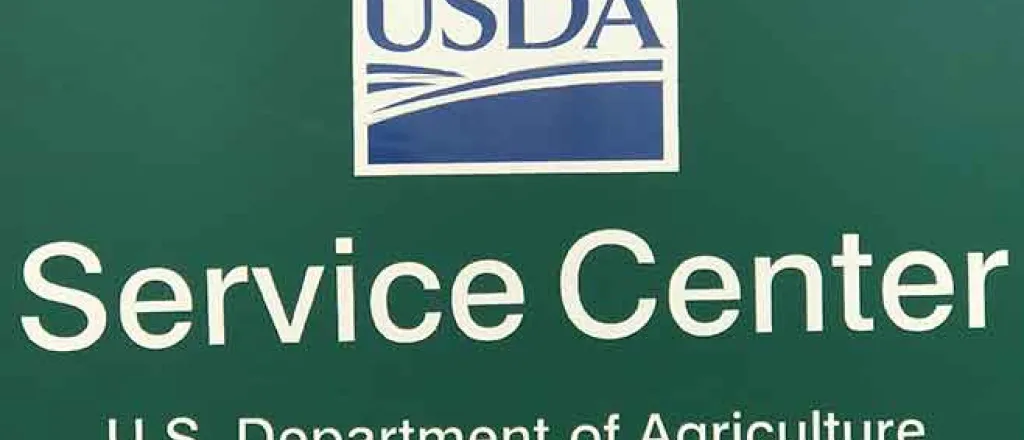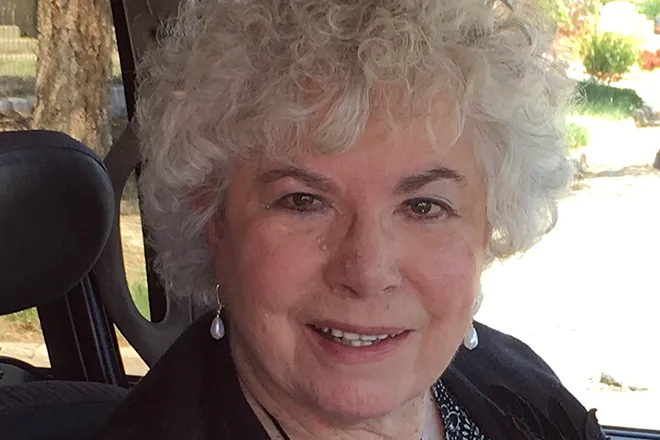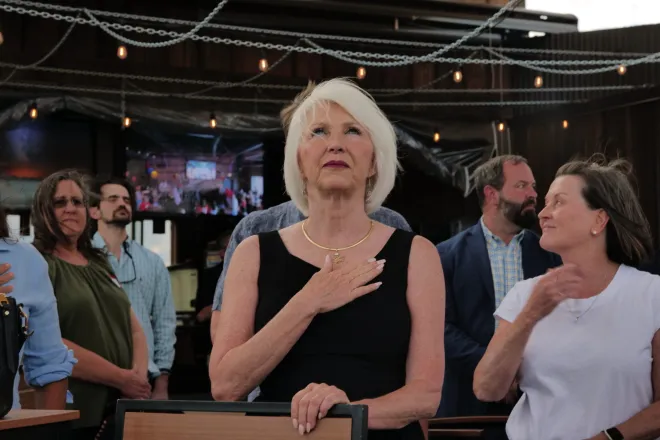
USDA Update – April 5, 2022
IMPORTANT DATES TO REMEMBER
- CRP PRIMARY NESTING SEASON – March 15, 2022, through July 15, 2022. No activity can occur on enrolled General or Continuous CRP acres. CRP Grassland contract acres can be grazed.
- GRASSLAND CRP SIGNUP #204 - DEADLINE TO SUBMIT AN OFFER – MAY 13, 2022
Disclaimer: Information in this UPDATE is pertinent to Kiowa County FSA only. Producers reading this and that do not have FSA interest in Kiowa County are advised to contact their local FSA Office.
THE USDA SERVICE CENTER HAS A DROP BOX AVAILABLE ON THE EAST SIDE OF THE BUILDING.
GRASSLAND CRP SU 204
FSA will begin yet another CRP signup this week, Grassland CRP Signup 204 enrollment will be held April 4, 2022, to May 13, 2022. Grassland CRP protects grasslands, including rangeland, pastureland and certain other lands, while maintaining the area as working grazing lands. Grassland CRP is a working-lands program that emphasizes support for grazing operations, plant, and provides an incentive for grassland under the greatest threat of conversion. Grassland CRP provides participants with annual rental payments and cost share assistance.
NOTE: FSA cost share assistance is only for installation of interior fencing and water development, if needed to facilitate a NRCS grazing plan. Repairs to existing fencing and water facilities is not authorized.
Dual Offers
Producers who offered expiring CRP land in General CRP signup can also submit an offer in CRP Grasslands. If both offers are accepted, the producer will determine which offer to accept; either General or Grassland.
Rental Rates
2022 Grassland CRP rental rates for counties in this area, including counties of Kiowa, Cheyenne, Lincoln, Crowley, Bent and Prowers is $18.00 per acre; this rate includes the $5.00 incentive rate for these counties being located in the grassland CRP national priority zone. Rental rates are determined by physical location of land; not FSA administrative location where the farm records are maintained.
Submitting an offer
There are certain producer and land eligibility requirements that must be met before an offer can be submitted. Offers are submitted by FSA determined tracts of land; producers can submit an offer on all or part of a tract.
Producer requirements
The main requirement is the land must be owned for 12 months before the end of signup. There is an ownership exception for owners of expiring CRP contracts, the 12-month rule does not apply. Owners who have the land leased to a tenant must abide by the CRP landlord-tenant rules, the tenant must be afforded an opportunity to participate or voluntarily release interest in the Grasslands CRP contract.
Land requirements
Land enrolled in NRCS CSP or EQIP programs and is still under lifespan requirements is not eligible to offer. Requesting to have the CSP or EQIP contracts will not make the land eligible to offer into Grasslands.
If the producer and land eligibility requirements are met. The eligible producer will submit an offer for either a 10- or 15-year contract before the signup deadline of May 13, 2022. Forms required to submit an offer are a signed CRP-1, Conservation Reserve Program Contract and CRP-2, CRP eligibility and ranking worksheet for each tract of land. CRP grasslands signup is a competitive ranking process; each tract of land receives both producer and land ranking factors. Those factors are as follows;
- F1, Current and Future Use (0 to 30 points)
- F2, Beginning Farmer and Rancher, Socially Disadvantaged (including gender), or Veteran Farmers or Ranchers (0 to 20 points)
- F3, Maximizing Grassland Preservation (0 to 35 points)
- FSA threat of conversion
- GIS threat of conversion
- Longer contract length - 5 points for 15-year contracts.
- F4, Vegetation Cover (0 to 30 points)
- F5, Environmental Factors (0 to 45 points)
- F6, Small Scale Livestock Initiative (0 to 10 points)
- F7, Cost (0-25 points)
Offers receive points and at the end of signup all submitted offers are ranked by FSA National Office and county offices are notified of accepted and unacceptable offers. FSA county offices then notify all producers of the results of the national ranking process. Producers with accepted offers then determine if they wish to move forward with the offer. Moving forward with the offer FSA technical agency, NRCS will begin writing a conservation plan for the offer. NRCS will conduct site visits and determine species of grasses present and the condition of the land. Producers will work with NRCS to complete the conservation plan, which can be either a grazing or maintenance plan if the land is not going to be grazed by livestock.
Producers can determine to terminate the offer at any point before signing the NRCS conservation plan without penalty. Liquidated damages, 25% of total annual rental payment, will apply to offers terminated after signing the conservation plan.
EMERGENCY LIVESTOCK RELIEF PROGRAM (ELRP)
On September 30, 2021, President Biden signed into law the Extending Government and Delivering Emergency Assistance Act. This Act provides assistance to agricultural producers impacted by wildfires, droughts, hurricanes, winter storms and other eligible disasters experienced during calendar years 2020 and 2021.
Ranchers who have approved applications through the 2021 Livestock Forage Disaster Program (LFP) for forage losses due to severe drought or wildfire in 2021 will be receiving emergency relief payments for increases in supplemental feed costs in 2021.
ELRP payment will be equal to the eligible livestock producer’s gross 2021 LFP calculated payment multiplied by 90% for historically underserved producers, including beginning, limited resource, and veteran farmers and ranchers, and 75% for all other producers.
Producers with approved Livestock Assistance Program or LFP applications or 2021 will be receiving the payment through direct deposit or treasury check during the week of April 4.
FSA is continuing to evaluate the impacts of drought and wildfire in calendar year 2021, and additional emergency assistance for livestock producers, if applicable, will be announced at a later date.
EMERGENCY RELIEF PROGRAM ASSISTANCE FOR CROP PRODUCERS
FSA is developing a two-phased process to provide assistance to diversified, row crop and specialty crop operations that were impacted by an eligible natural disaster in calendar years 2020 or 2021.
This program will provide assistance to crop producers and will follow a two-phased process similar to that of the livestock assistance with implementation of the first phase in the coming weeks. Phase one of the crop assistance program delivery will leverage existing Federal Crop Insurance or Noninsured Crop Disaster Assistance Program data as the basis of calculating initial payments.
The second phase of the crop program will be intended to fill additional assistance gaps and cover eligible producers who did not participate in existing risk management programs,

















